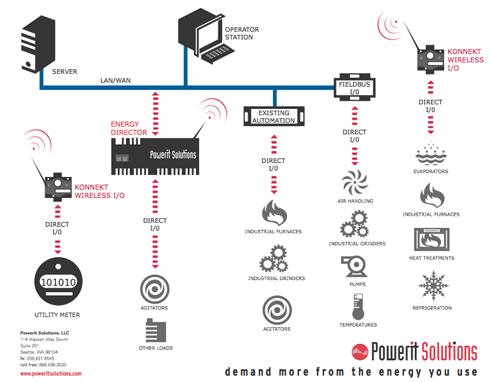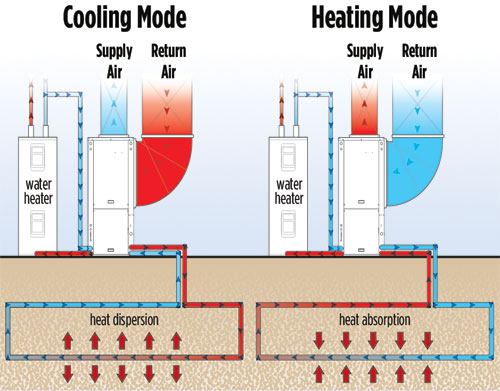Blog Archives
MeV Makeover
If you’re a frequent visitor to our site, you may notice that we’ve had a minor makeover this weekend. The rationale behind this is to enrich the experience by making the content easier to read and access as well as to provide MeV some additional value by monetizing this channel. That doesn’t mean we’re shifting our business model from renewable energy project developer to web publisher – it does mean we are attempting to maximize the value of our assets for our shareholders with another means of generating revenue.
We hope that you’ll continue to visit our humble web home and we will strive to continue to provide frequent, relevant, high-quality content that you want to read. We appreciate participation, so please feel free to comment. We do moderate all comments, but to keep the spam out, not as an editorial filter to dissenting or challenging points of view.
Thank you for visiting and we hope you will enjoy your stay.
Should you wish to get information about advertising exposure on this site, here’s the information you’re looking for.
Raser raises cash
Raser Technologies announced significant funding earlier this week from Merrill Lynch for their first 10.5MW power plant in Nevada due to come online in Q3 2008. The funding vehicle is what’s known in the business as a “flip” parternship, where an independent corporate entity (often a LLC) is formed with the funding partner so certain benefits can be distributed to partners as directed by the Managing Members.
C Corporations dictate the benefits are distributed according shareholder percentage. Limited Liability Corporations aren’t bound by that convention so tax benefits for instance, can be distributed as beneficial until some set of requirements are met, then the benefits can be redistributed as agreed. The first tranche appears to be $44M in debt financing over 15 years with tax benefits flowing to Merrill.
Interestingly, using this as a benchmark, the captial cost per MW for the Raser project is $4.2M – higher than the $3M average if all the funds were used for the project. Presumably, the first one will have more expenses than subsequent modules assembled in the same way and the capital cost will be lower over time. Merrill and Raser have an agreement for up to 100MW of projects with options to finance up to 55MW more.
More Demand Management
Via Earth2Tech:
Demand management, the business of intelligently managing power use, especially during peak energy-use hours, can pay for itself in a matter of months. But now with some utilities offering incentives to commercial and industrial power users, demand management systems can give a return on investment almost immediately.
That’s the case with a $250,000 energy management system from Powerit Solutions, for which PG&E has given produce processor Guadalupe Cooling Company a grant. Powerit President Bob Zak told Earth2Tech that “using the California incentives that are demand response-based… [our] systems can be 100 percent paid for upon installation.â€
We continue to believe that demand management is a part of the solution with respect to our transition to an electric economy (from a fossil economy.) Sure, it’s essential that efficient generation from renewable resources continues forward to increase capacity, but there is also an opportunity to manage demand such that the capacity we currently have can be utilized more effectively and consumers can make decisions about their utility bills. How does this work? Powerit has provided a nice diagram that shows the key components:

Home heat pumps

Image Credit: WFI Industries
One of the most overlooked and effective geothermal technologies is the heat pump. As shown in the diagram above, the technology can be used for heating and cooling and depending on the annual temperature variance from the base earth temperature, annual savings vs. conventional HVAC equipment can be as high as 50% per year. Essentially, these systems use the earth (or water held in the earth) as a heat exchanger, moving heat from one place to another via a working fluid in a closed loop system.
In a heating situation, if the ambient air temperature is 32F (0C) and the earth temperature is 53F (12C) the working fluid will be used to transfer heat from the earth to the interior ambient environment – a 21F (12C) advantage over taking exterior ambient air – and then will use conventional means to heat the air to the desired temperature. In a cooling situation, it’s the reverse taking heat from the interior ambient air and transferring it to the earth. Since most humans don’t wish to live in 53F temperatures, further cooling isn’t generally necessary.
One of the leaders in geothermal heat pumps is Indiana based WFI Industries, manufacturer of the Water Furnace. It would seem over the past few years that WFI has been discovered, take a look at their stock chart from that time frame:

Image Credit: Yahoo Finance
This is clearly a technology with huge benefits, particularly where the climate has significant differences in ambient air temperature between summer and winter conditions. 5 comments
PHEV Prius in 2010

Photo Credit: Business 2.0
Via Cleantech.com:
Tokyo-based Toyota Motor (NYSE: TM) said it plans to start selling plug-in hybrid vehicles by 2010.
That would put the new cars in direct competition with the Chevy Volt from Detroit’s General Motors (NYSE: GM), another plug-in hybrid expected to be released that year.
Toyota said the first sales of its lithium-ion battery-equipped plug-in hybrid vehicles would be to fleet customers in the U.S. and elsewhere.
This is the first of many of these sorts of announcements we should expect, the PHEV is a sensible next step in the evolution toward all electric transportation. As can be seen from the troubles with Tesla, it’s very difficult to simply jump from combustion technology to all electric (though we’re still wondering why an electric vehicle needs a transmission per se…)
3 comments








